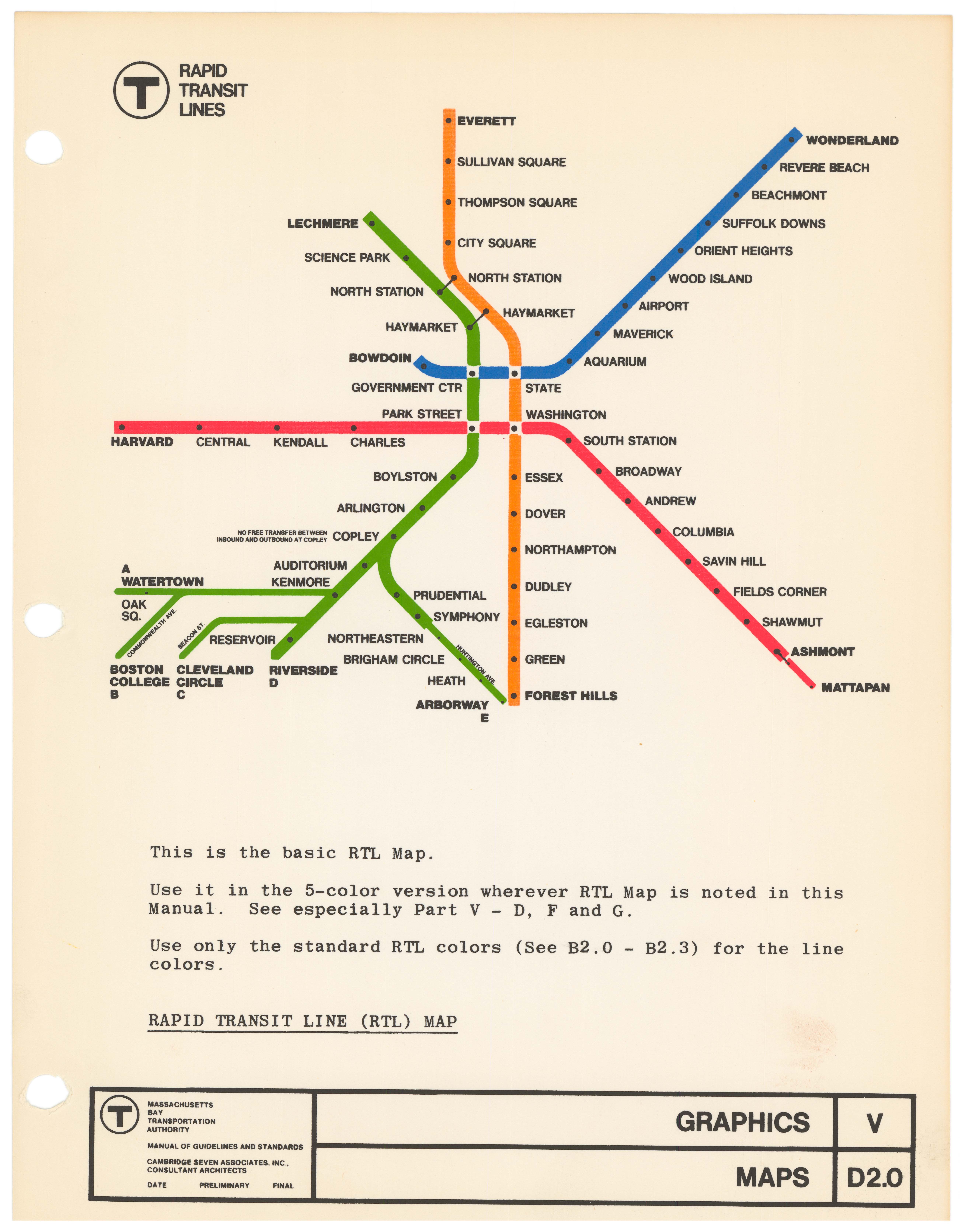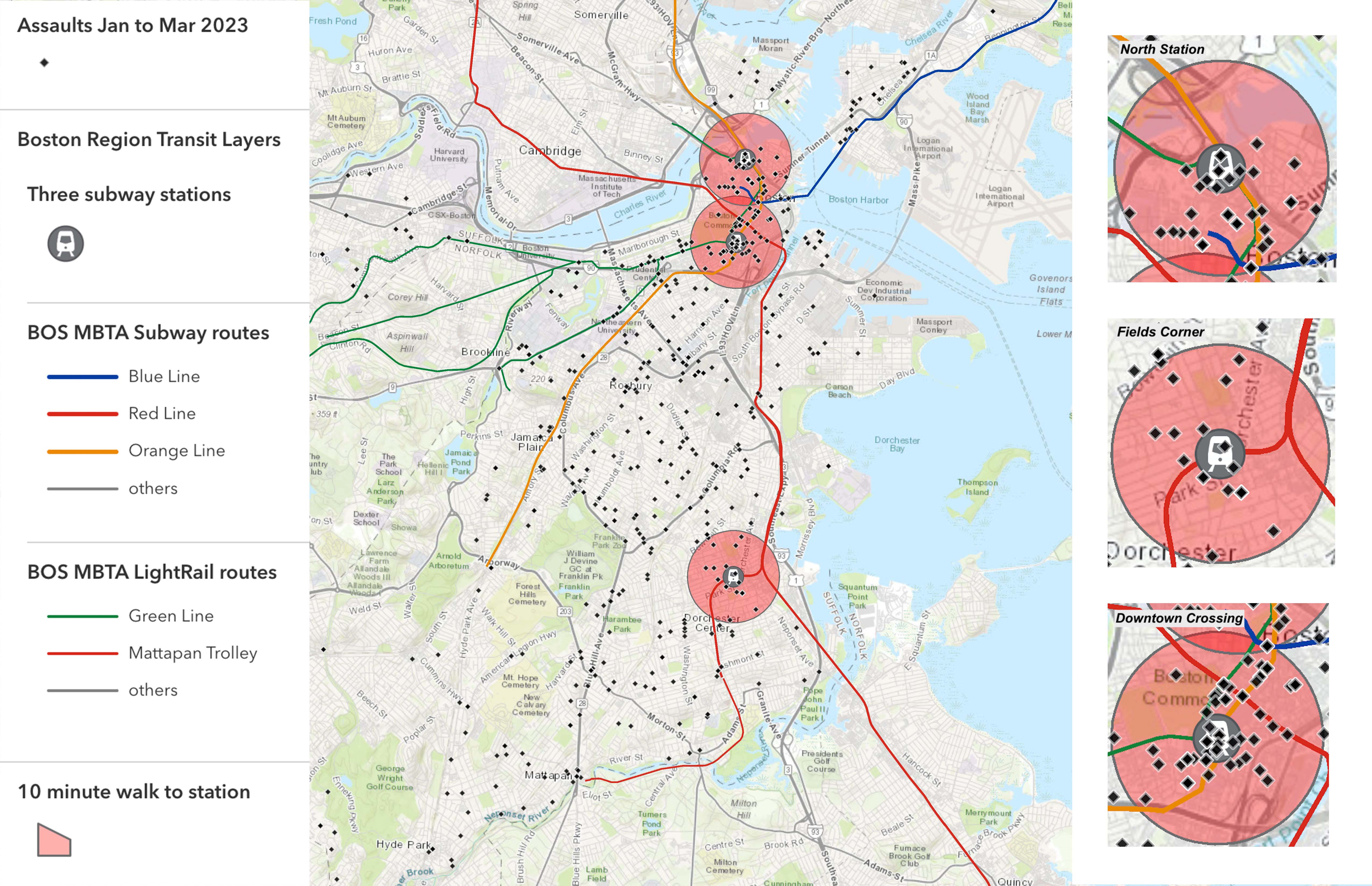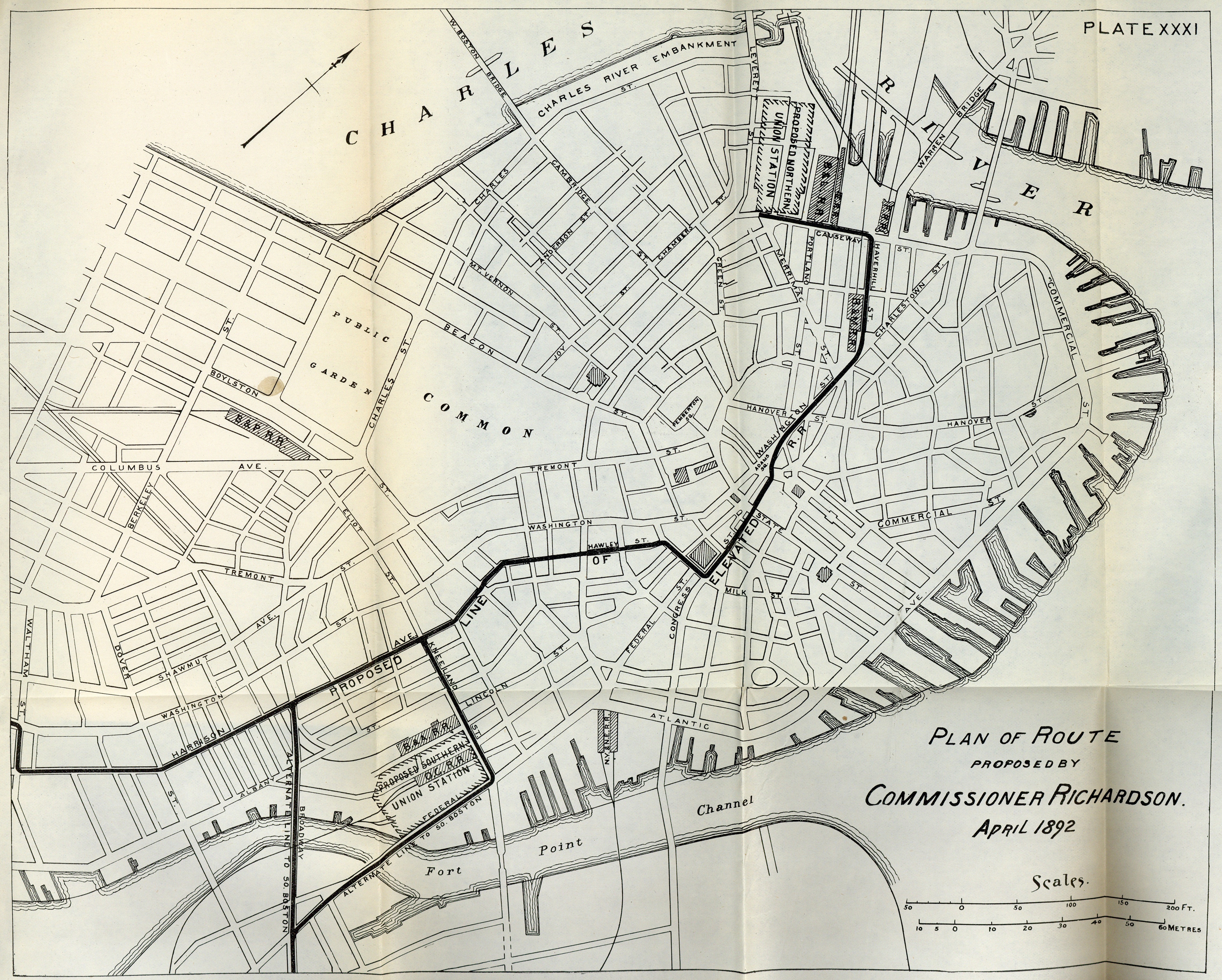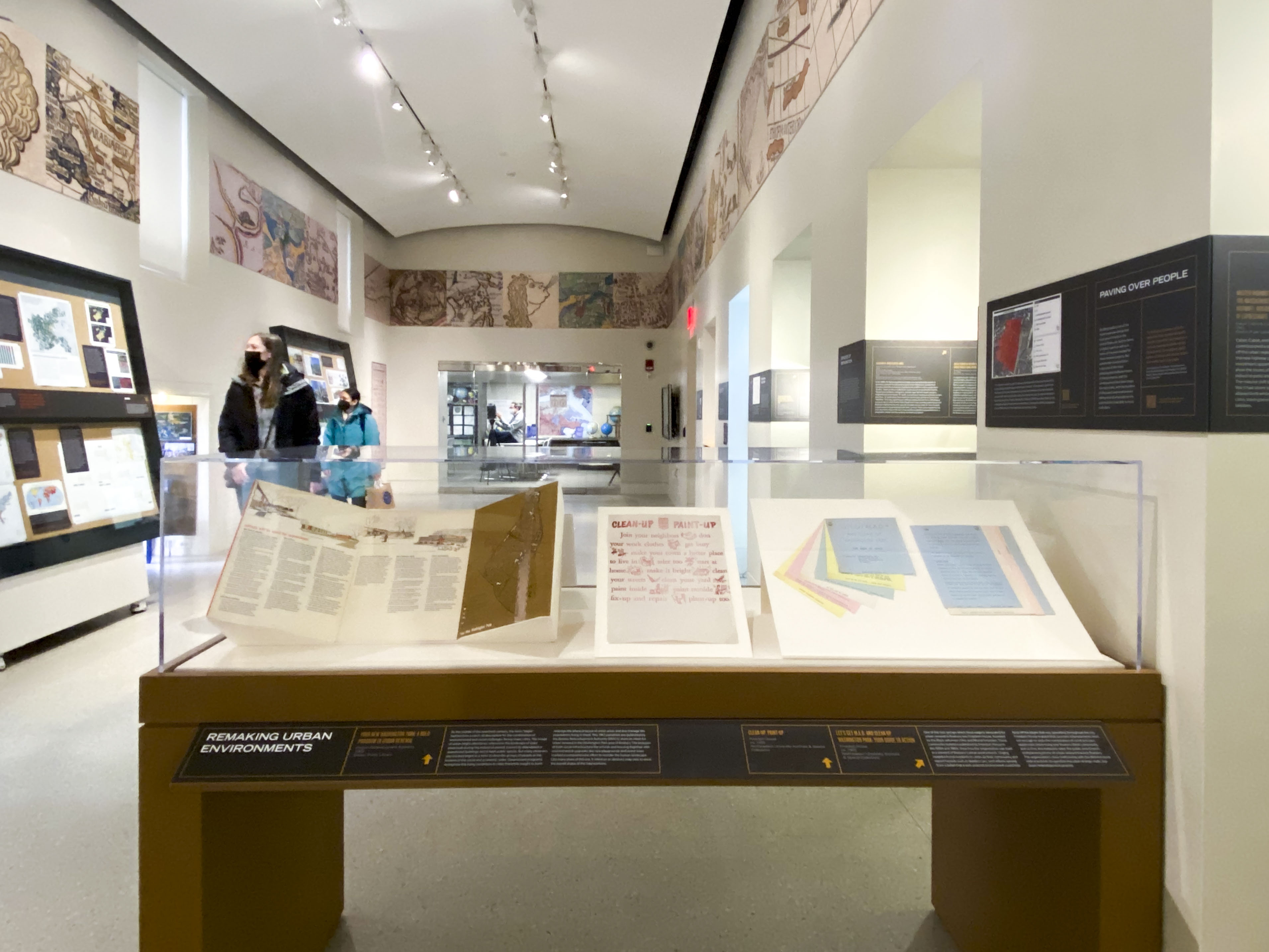Time is Money, Commuting is Time
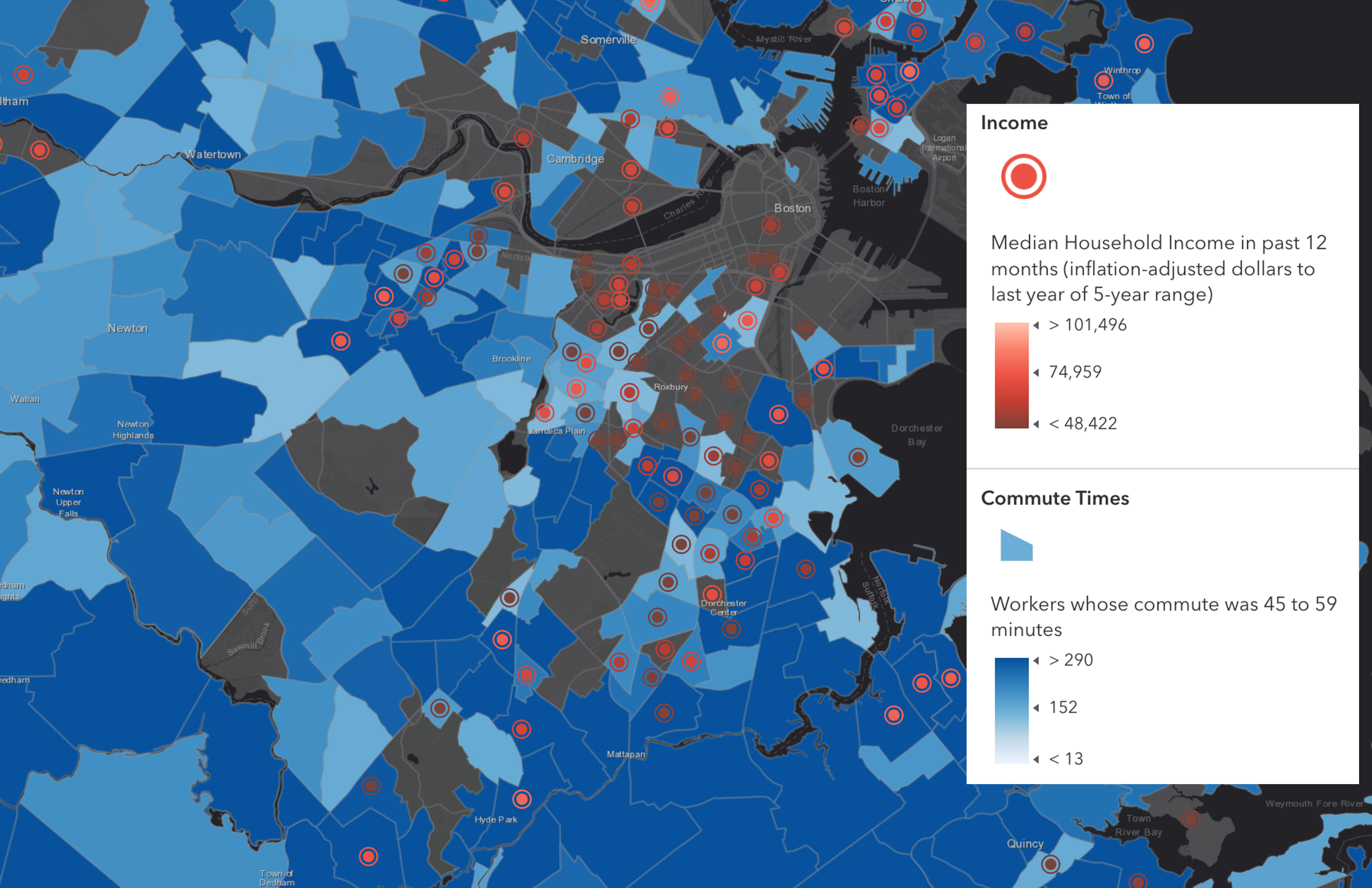
Here in Boston, our economy runs on our many workers who commute from all over the city to their jobs every day. However, these commutes are often long and draining and can take up large parts of our day. For me, I commute almost 2 hours a day, and sometimes more, to get to school, to work, and back home to East Boston. This map shows the relationship between areas in Boston with lower income and people who have to commute longer daily. To do this, I utilize two layers, one for commute times between 45 minutes and an hour, and one for income. The commute time layer displays the data with a choropleth system, with the darker backgrounds corresponding to the longer commute times. The centroids on the map represent income, with the darker red ones showing less income, and the lighter ones for more.
All the data I used for this map was already pre-loaded into ArcGIS Online, which was convenient for me as I didn’t have to add any data sets to my map. However, I did have to adjust my data. I picked out the specific data to display for the commute time layer, and I made it so that the map only showed data under a certain income and over a certain commute time to better see the correlation. For the income layer, my map is displaying every census tract with an average income of $81,000 or less. The commute time layer is showing the census tracts with more people who have a commute between 45 and 60 minutes.
I hope that the viewer of this map will see this predicament: that people with less income are subject to spending much more time commuting. Even though this map makes some interesting points, it also raises a lot of questions. For example, does having a longer commute actually indicate more money being spent? For driving and commuter rail, the cost depends on distance, but transfers are generally free on the MBTA with a Charlie Card. This raises the question concerning modes of transportation for these people with less income, as different modes result in different prices. Or is having a longer commute just a challenge that low-income people face because they can’t afford to live closer to their jobs? Regardless of the real reasons for these patterns, I still think that this is interesting to think about, and I hope it makes you wonder.

